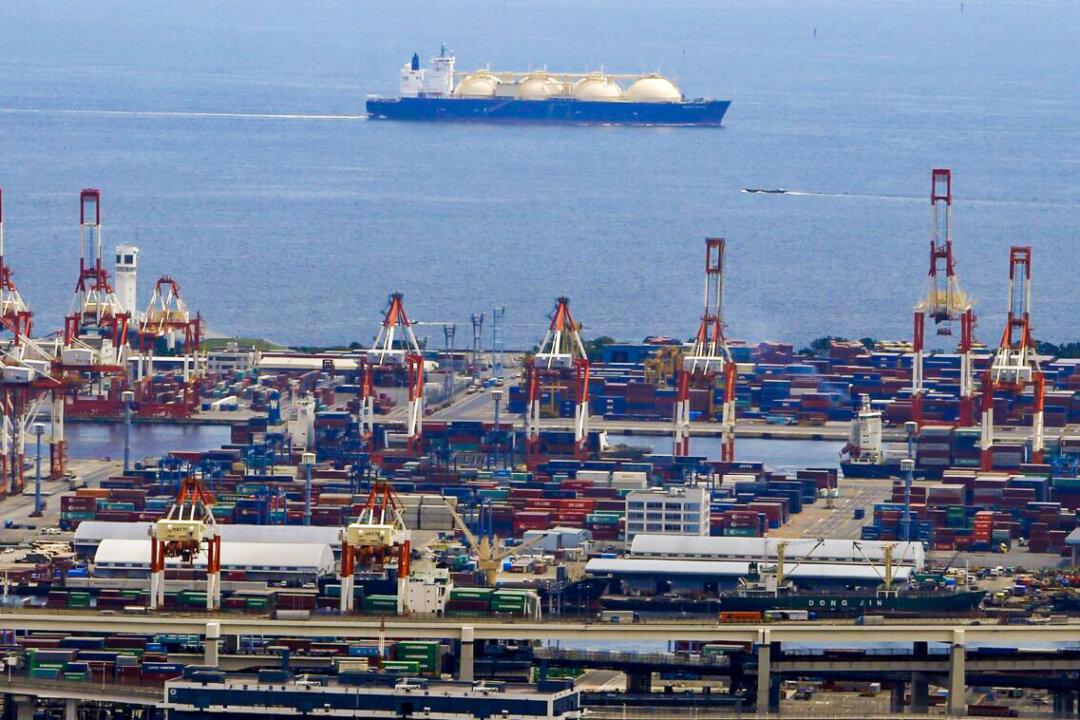U.S. natural gas prices in early morning trading on May 3 surged to their highest levels since September 2008, as faltering domestic gas production and the Russian invasion of Ukraine continue to disrupt global energy markets.
Natural gas prices have jumped more than 8 percent over the last two sessions, following a nearly 30 percent gain in April after the international sanctions on Moscow.





